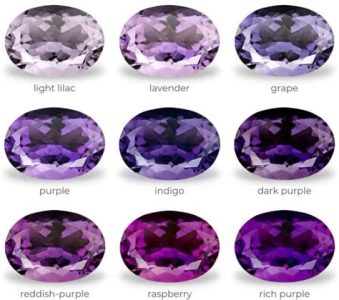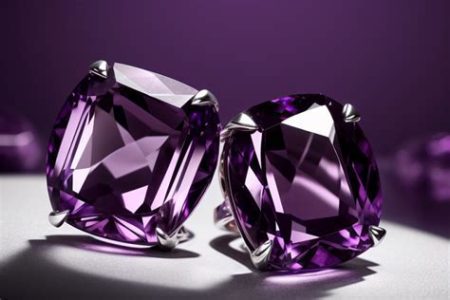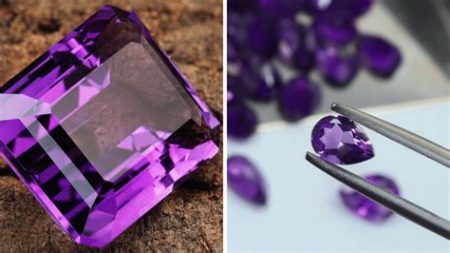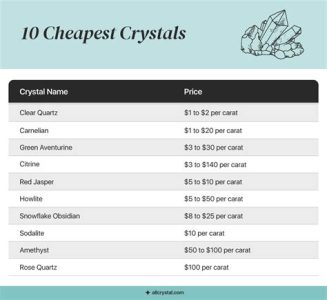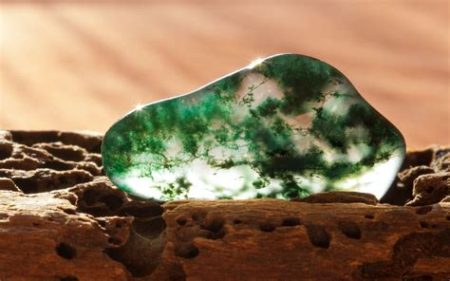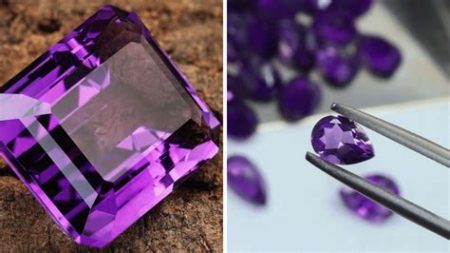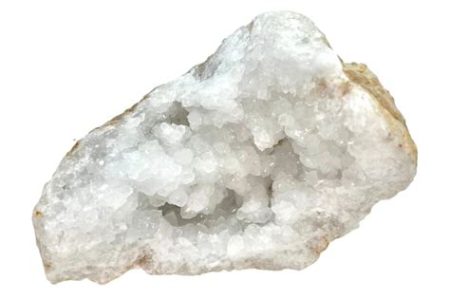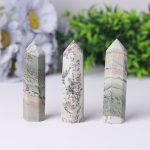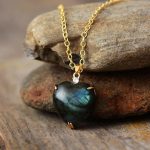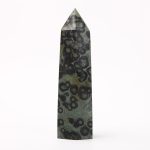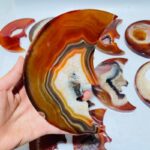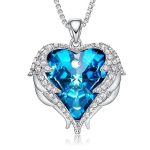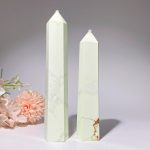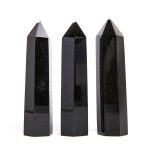The Timeless Allure of Stone Carved Animals
Stone carving, an art form dating back centuries, has captured the essence of animals in intricate and enduring ways. These sculptures, often found in temples, palaces, and public spaces, have become timeless masterpieces, showcasing the skill and creativity of artisans from around the world.

Carving Techniques: Hammer VS Chisel
Stone carvers employ various techniques to shape stone into lifelike animal forms. One common method involves using a hammer and chisel to chip away at the stone, gradually revealing the desired shape. Another technique utilizes a rotary tool to grind and polish the stone, creating smoother and more refined surfaces.
Ancient Symbolism VS Modern Interpretations
Stone carved animals have often served as symbols of power, fertility, and protection. In ancient Egypt, for example, scarab beetles were carved into amulets believed to offer protection and renewal. In contrast, modern stone carved animals often reflect contemporary sensibilities, capturing the beauty and diversity of the natural world.
Stone Types: Marble VS Sandstone
The choice of stone for carving varies depending on its hardness, texture, and color. Marble, known for its smooth surface and ability to take on intricate details, is a popular choice for animal carvings. Sandstone, on the other hand, is softer and more porous, making it easier to carve but less durable.
Applications: Ancient VS Contemporary
Stone carved animals have found a wide range of applications throughout history. In ancient times, they were used as decorative elements in temples, palaces, and tombs. Today, they continue to be used in architecture, interior design, and public art, adding a touch of elegance and historical significance to any space.
Case Study: The Rosetta Stone
One of the most famous examples of stone carving is the Rosetta Stone, a slab of black granite inscribed with three scripts: Hieroglyphics, Demotic, and Ancient Greek. Found in Egypt in 1799, the Rosetta Stone played a pivotal role in deciphering Egyptian hieroglyphics and unlocking the secrets of ancient Egypt.
Innovations: 3D Scanning and CNC Milling
Modern technology has brought innovative approaches to stone carving. 3D scanning allows for precise duplication of existing carvings, while CNC milling utilizes computer-controlled machines to create intricate designs with unmatched accuracy. These advances are opening up new possibilities for stone carved animals in art, design, and restoration.
Pain Points, Motivations, and Benefits
Pain Points:
– Intricate designs require skilled artisanship and can be time-consuming.
– Stone is a heavy and bulky material, making transportation and installation challenging.
Motivations:
– Desire to preserve cultural heritage and create lasting works of art.
– Appreciation for the beauty and uniqueness of natural stone.
– Demand for personalized and one-of-a-kind decorative elements.
Benefits:
– Stone carvings are durable and weather-resistant, ensuring longevity in all climates.
– They add a touch of sophistication and historical significance to any space.
– Support local artisans and preserve traditional craftsmanship.
Tips and Tricks
- Choose the right stone type for the desired effect and durability.
- Use proper carving tools and techniques to avoid damage to the stone.
- Protect stone carvings from the elements and handle them with care.
FAQs
-
What is the most common stone used for carving animals?
Marble is a popular choice due to its smoothness, ability to take detail, and durability. -
How long does it take to carve a stone animal?
The time required varies depending on the size, complexity, and stone type, but can range from several days to months. -
Are stone carved animals expensive?
The cost varies depending on size, complexity, and materials used, but can range from a few hundred to thousands of dollars. -
Where can I find stone carved animals for sale?
Art galleries, antique shops, and online retailers specializing in stone carvings offer a wide selection of stone animal sculptures.
Conclusion
Stone carved animals continue to captivate and inspire with their enduring beauty and cultural significance. Whether they adorn ancient temples or grace modern homes, these sculptures serve as a testament to the human spirit of creativity and the enduring allure of the natural world. As technology advances and new applications are discovered, stone carved animals will undoubtedly continue to evolve and enrich our lives for centuries to come.
| Stone Type | Hardness | Texture | Color |
|---|---|---|---|
| Marble | 3-5 | Fine-grained | White, beige, pink |
| Sandstone | 2-3 | Coarse-grained | Yellow, brown, red |
| Granite | 6-7 | Crystalline | Gray, black, red |
| Limestone | 4-5 | Soft, porous | Cream, white, gray |
| Ancient Applications | Modern Applications |
|---|---|
| Temple ornaments | Architectural accents |
| Palace decorations | Interior design elements |
| Tomb guardians | Public art |
| Religious symbols | Decorative sculptures |
| Innovation | Description |
|---|---|
| 3D Scanning | Captures precise digital models of existing carvings. |
| CNC Milling | Uses computer-controlled machines to create intricate designs. |

